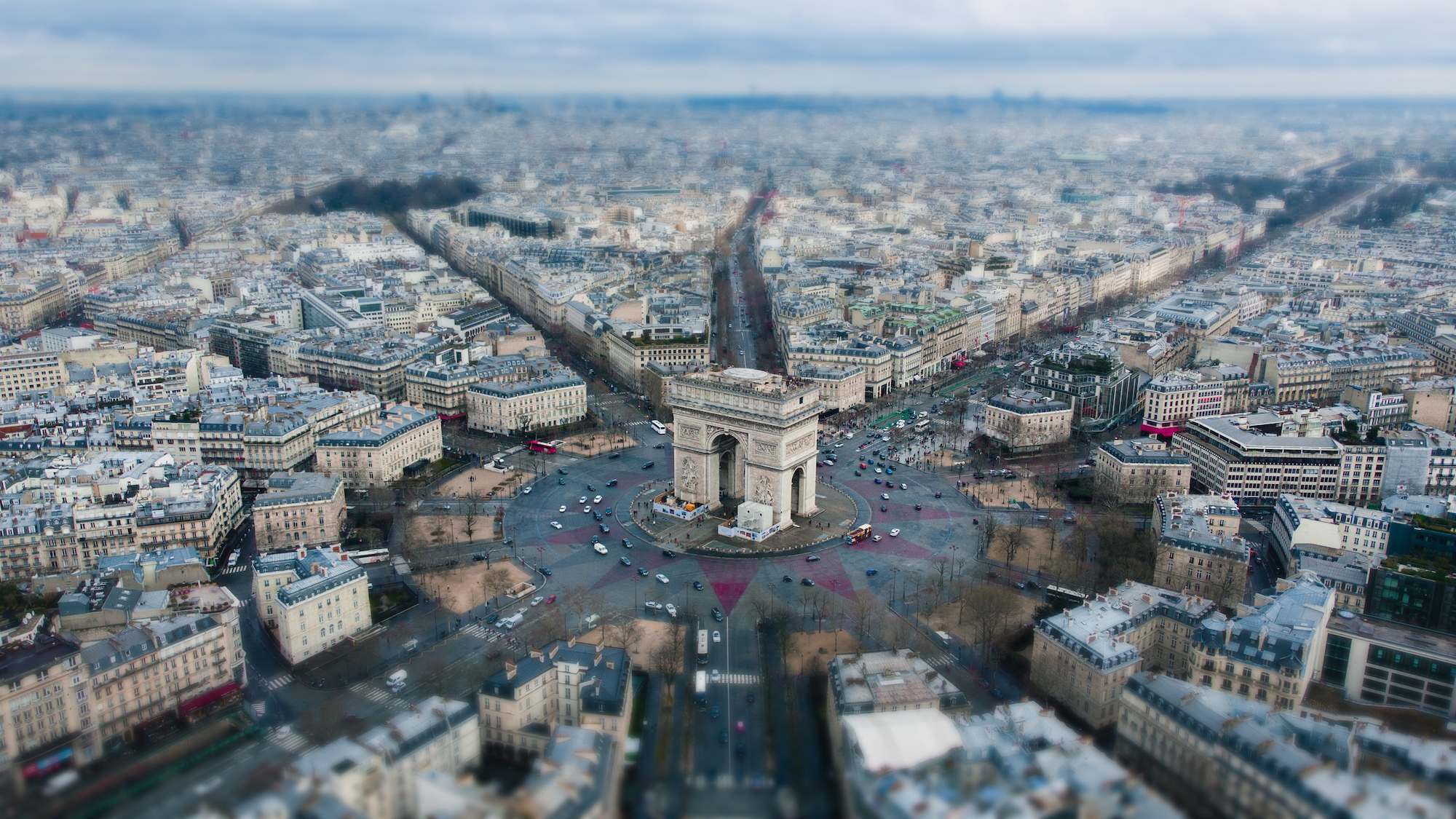Quel niveau combiné de pollution de l'air et de bruit des transports ? Découvrez la carte #air #bruit établie par @Airparif @Bruitparif en Ile-de-France sur le site https://t.co/c3cPrXOybn --> https://t.co/88EiQwytqP pic.twitter.com/Nyv9Q3XOuW
— Bruitparif (@Bruitparif) May 28, 2024
The areas in Paris most affected by pollution
Thanks to a color code that speaks volumes (ranging from a soft sky blue to a bright scarlet red), it's incredibly easy to see at a glance which areas of Paris are suffering the most from these two types of pollution. Not surprisingly, the entire perimeter of the city is very impacted, as dictated by the ring road. And with the upcoming speed limit of 50 km/h, it's unfortunate to think that these numbers may not improve. Among the other neighborhoods with a red alert, we can see the areas around the Arc de Triomphe, previously named as the noisiest district in Paris, as well as the Bercy/Bastille axis, due to the quais that are heavily trafficked by motorists on a daily basis. The only piece of good news is that efforts are being made to address this issue.The silver lining in all of this is that it seems that some small oases have managed to escape the worst in the capital. So, hospitals, cemeteries, and parks in Paris are rather spared from high pollution levels, and that makes us happy. It goes to show, there may still be a little hope!
